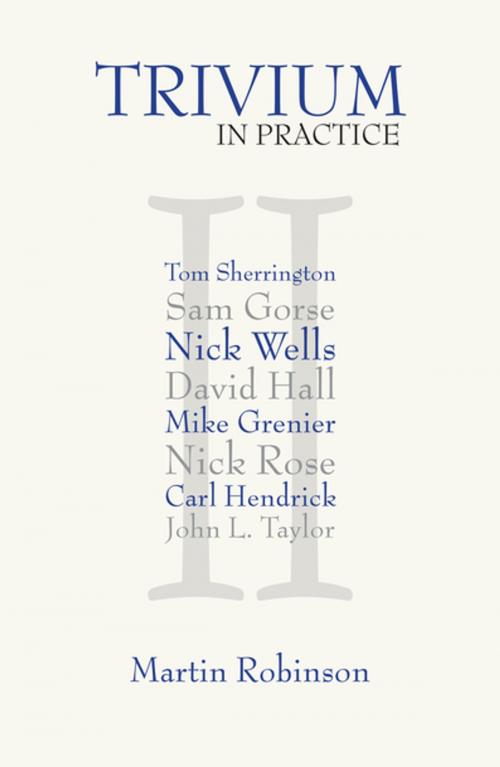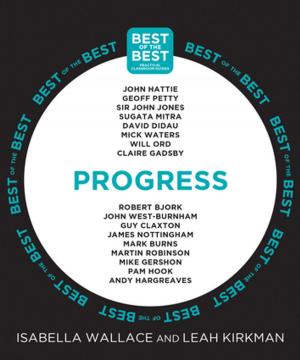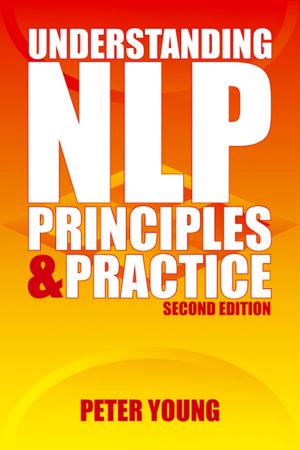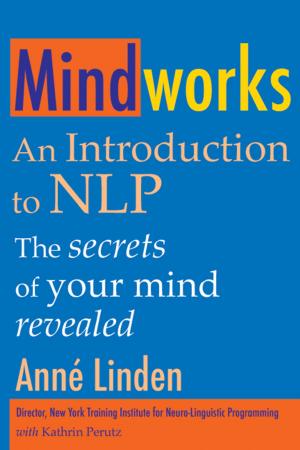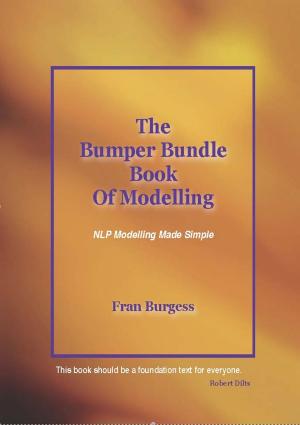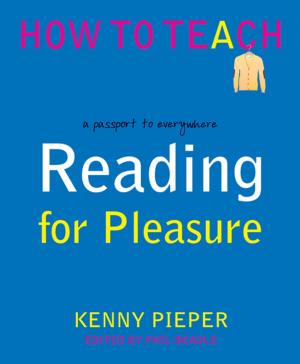| Author: | Martin Robinson | ISBN: | 9781781352564 |
| Publisher: | Crown House Publishing | Publication: | April 28, 2016 |
| Imprint: | Independent Thinking Press | Language: | English |
| Author: | Martin Robinson |
| ISBN: | 9781781352564 |
| Publisher: | Crown House Publishing |
| Publication: | April 28, 2016 |
| Imprint: | Independent Thinking Press |
| Language: | English |
Trivium in Practice brings together a series of case studies written by educators who were inspired by Martin Robinson’s first book, Trivium 21c. Taken together, these case studies reveal how, regardless of setting or sector, the trivium can deliver a truly great education for our children. Great teaching has the three elements of the trivium at its centre. Grammar: foundational knowledge and skills. Dialectic: questioning, thinking and practising. Rhetoric: the ability to express oneself beautifully, persuasively and articulately in any form. The trivium is a helpful way for a teacher to think about the art of teaching. Through the model of the trivium traditional values and progressive ideals can coexist; both knowledge and cultural capital matter and skills are interwoven with content. The trivium isn’t a gimmick to be imposed on to a curriculum; it is a tried and tested approach to education. It is the key to great teaching and learning, as this group of educators discovered. The case studies are from Tom Sherrington, Sam Gorse, Nick, David Hall, Nigel Matthias, Nick Barnsley, Mike Grenier, Nick Rose and Carl Hendrick. These educators have found that trivium education has brought a range of tangible benefits for their students. These include: greater confidence, enhanced development of rigorous analytical skills, improved oracy and confidence in speaking in front of audiences, an appreciation of the value of acquiring and applying knowledge, refined skills in questioning and debating, developed creativity, independence and critical thinking, the ability to form and express considered opinions and, importantly, the enjoyment of learning. Fundamentally, these educators have found that the trivium has helped them to define and deliver their ideas about the education they want for their students, helping them to become engaged, lifelong learners in the process. There is no one ‘right’ way to ‘do’ the trivium: it is a tradition that can be adapted. It is the art of education and engages teachers in the art of being educators. Just as each great artist learns from a tradition and refashions it, adds to it, disrupts it, so do the teachers who have contributed to this book. On their canvas, in their school, each contributor is creating and re-creating trivium education in their own way. Discover the potential of the trivium and be inspired to do the same in your own classroom. Suitable for teachers and leaders in any educational setting.
Trivium in Practice brings together a series of case studies written by educators who were inspired by Martin Robinson’s first book, Trivium 21c. Taken together, these case studies reveal how, regardless of setting or sector, the trivium can deliver a truly great education for our children. Great teaching has the three elements of the trivium at its centre. Grammar: foundational knowledge and skills. Dialectic: questioning, thinking and practising. Rhetoric: the ability to express oneself beautifully, persuasively and articulately in any form. The trivium is a helpful way for a teacher to think about the art of teaching. Through the model of the trivium traditional values and progressive ideals can coexist; both knowledge and cultural capital matter and skills are interwoven with content. The trivium isn’t a gimmick to be imposed on to a curriculum; it is a tried and tested approach to education. It is the key to great teaching and learning, as this group of educators discovered. The case studies are from Tom Sherrington, Sam Gorse, Nick, David Hall, Nigel Matthias, Nick Barnsley, Mike Grenier, Nick Rose and Carl Hendrick. These educators have found that trivium education has brought a range of tangible benefits for their students. These include: greater confidence, enhanced development of rigorous analytical skills, improved oracy and confidence in speaking in front of audiences, an appreciation of the value of acquiring and applying knowledge, refined skills in questioning and debating, developed creativity, independence and critical thinking, the ability to form and express considered opinions and, importantly, the enjoyment of learning. Fundamentally, these educators have found that the trivium has helped them to define and deliver their ideas about the education they want for their students, helping them to become engaged, lifelong learners in the process. There is no one ‘right’ way to ‘do’ the trivium: it is a tradition that can be adapted. It is the art of education and engages teachers in the art of being educators. Just as each great artist learns from a tradition and refashions it, adds to it, disrupts it, so do the teachers who have contributed to this book. On their canvas, in their school, each contributor is creating and re-creating trivium education in their own way. Discover the potential of the trivium and be inspired to do the same in your own classroom. Suitable for teachers and leaders in any educational setting.
